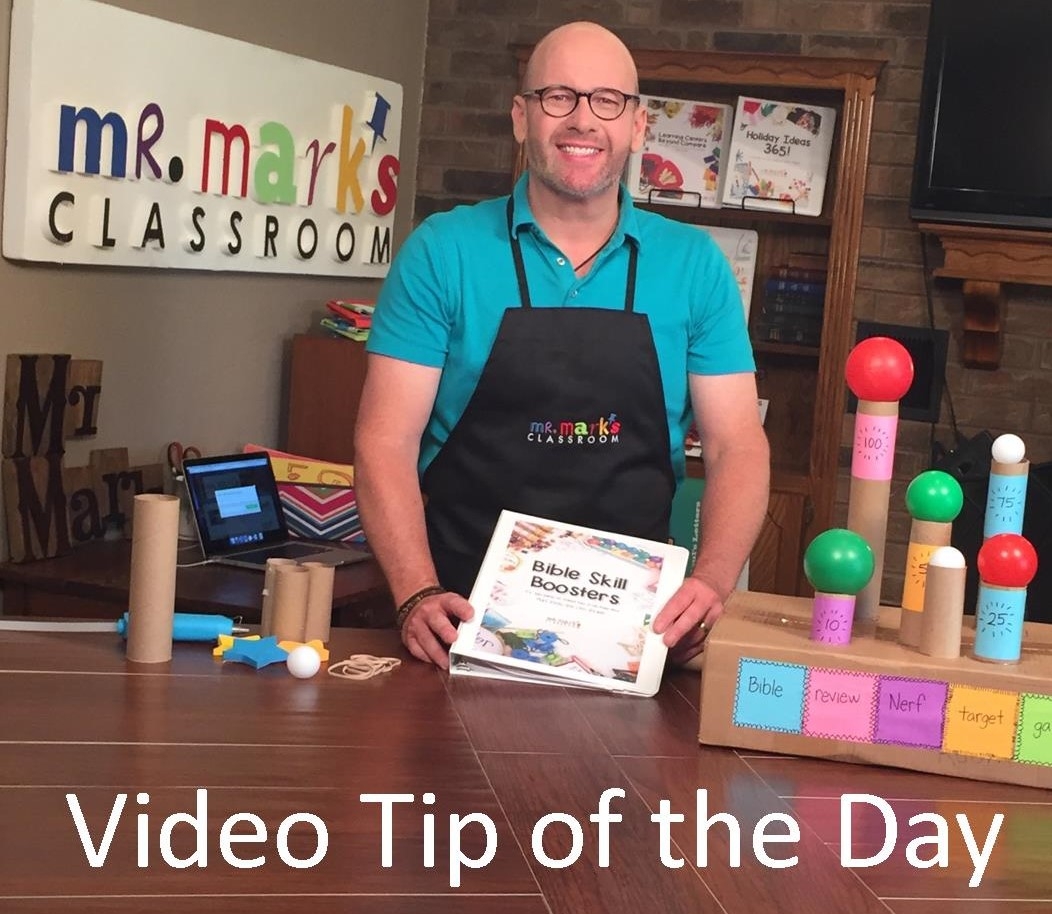Diaper changing is not hard but I’m such a gagger that it scares (maybe even scars) the baby. Personal confession–when my boys were babies, I was so new to this, that sometimes the fragrant aroma of a dirty diaper sent my reflux into motion. Thinking about that stink right now causes me great pause. How can
such a beautiful baby create such a gut wrenching stink? I have actually called the pastor’s wife to come change the baby because I was scaring him with my gagging. I have paid teenagers to come change the baby too. I should be ashamed, but I am not. I would call them again if needed.
Before you judge me, let me just say, there are people in your church that are gaggers too. Please be sensitive to us and don’t force us to change diapers. If you do, we might quit. It’s just too hard to do. For those who are brave and have less nose sensitivity, please review the diaper changing practices below. I asked Pat Murphy (Preschool Minister of Edmond’s FBC) to provide the best practices procedure. Post these and make sure your workers have what they need. Parents will always be glad to know you keep this as a high priority. Be sure the babies are all changed 10 minutes before pick up time. Clean diapers increase parental approval.
Diaper Changing Procedures

By Pat Murphy
Diaper changing and toilet training are an unavoidable part of teaching with young preschoolers. Leadership meetings are the perfect place to provide training – as silly as it sounds, not everyone is aware of safety precautions with diaper changing and toilet training. Instructions on how to change a diaper are helpful if you’ve ever asked yourself, “The tabs go in the back, right?”
-
- Collect clean diaper, disposable wipes (check for allergies), disposable gloves, sheet of waxed paper, and a wash cloth for washing the child’s hands.
- Place waxed paper on top of the clean diaper and slide it under the child.
- Put on disposable gloves.
- Unfasten, remove, and roll soiled/wet diaper in waxed paper.
- Clean child’s diaper area with clean diaper wipes.
- Fasten clean diaper securely.
- Remove gloves, trying to enclose wrapped soiled/wet diaper and used diaper wipe. Hold diaper in right hand; pull the top of the right-handed glove down over the diaper so that the glove covers most of the diaper. Hold the partly concealed diaper in the left hand. Pull the top of the left-handed gloved down over the diaper concealing the reminder of the diaper.
- Wash the child’s hands with the wash cloth. Assist older children with hand washing at the sink.
- Remove child from diaper changing area and allow child to engage in play within the room.
- Dispose of the gloves with diaper in a covered container.
- Disinfect the diapering surface with bleach solution or approved disinfectant.
- Wash your hands.
Some infant rooms do not have a changing bed. An alternative is to use a changing pad on the floor ($5.00 – 10.00 at most stores). These are easily cleaned and stored after each use.
Toilet training
Toddlers and children under four are typically in this group and often need assistance in mastery of this skill. Teachers in these age groups need to remain diligent in making sure their assistance is above reproach. Encourage children to do as much for themselves as possible, including wiping their bottoms and pulling down or up their underwear or pull-ups.
- Use gloves when assisting a child.
- Remove gloves and assist the child in washing their hands.
- Wash your own hands.
- If the restroom is accessible from the classroom:
-
- Leave the restroom door ajar and assist a child only when he/she needs assistance.
- Allow the child to remove his/her clothing and take as much responsibility as possible for his/her own toileting needs.
- When it is necessary for you to assist a child in removing his/her clothing or being seated on the toilet, remain in clear visibility of other teachers.
- Step outside of the restroom door while the child uses the toilet.
- Once a child is finished using the toilet, remain in clear visibility of other teachers and the classroom door as you assist the child in replacing his/her clothing.
- If the restroom is outside the classroom or down the hallway, three children with two teachers should go to and from the restroom together. In order to have two teachers in the classroom and two assisting with toileting needs, it may be necessary to enlist one or two persons (unrelated parents) to assist the teachers during restroom time. Or, teacher may take the entire group of children to the restroom at the same time. If persons are enlisted to assist a teacher with restroom duties they should be screened and interviewed through the same process as teachers.
- At no time should one teacher take one child to the restroom alone.
- No child should leave the room with a teacher. This includes trips to the resource room, kitchen, etc.
- Children should be in clear view of teachers at all times except when inside the toilet stall.
- One child at a time is allowed in a toilet stall.
- Diaper changing surfaces are not to be used for any other purpose, including storage of toys that have been cleaned, chairs, or other furniture.
- Clean restroom surfaces (faucet handles and toilet seats) with bleach or approved disinfectant solution as needed throughout the session.





